Set in five acres of countryside in Aughton in West Lancashire, Moor Hall is a 16th century country house. In 2015 it was acquired by Andy and Tracey Bell, who hired chef Mark Birchall to oversee the kitchen. This turned out well, the restaurant gaining a Michelin star in 2017, soon after it opened in March that year, and it was awarded a second star in 2018. Mr Birchall was a Roux Scholar who had previously worked as head chef of l’Enclume and previously worked at Celler de Can Roca. The restaurant seats up to 50 customers, with a 14 seat private dining room.
The dining room is on one side of the main building, with a semi open kitchen visible from the room. Tables were large and well-spaced, and there is a team of fifteen chefs. There was no music, so noise levels were pleasantly low, with just a buzz of conversation. You start your meal with canapés in one of several lounges, which have real fires and wood panelling. The smell of wood smoke greets you as you enter the building, which has remarkably thick stone walls. The dining room itself is air-conditioned, with a modern feel, quite good lighting and no tablecloths. As we browsed the menus we were given a plate of charcuterie, all made in the kitchen and cured on site. There was pancetta, sobrassada, bresaola, lonza, cuppa, chorizo and hunter style flavoured with garam masala and ginger. This was clearly a place that took its cured meat seriously.
You could choose between a five course menu at £70 and an eight course one at £105. Sample references were Douloufakis Dafnios Vidiano 2015 at £37 for a bottle that you can find in the high street for £14, Giesen The Brothers Pinot Noir 2013 at £54 compared to its retail price of £31 and the lovely Chateau Musar 1999 at £89 for a wine that will set you back £42 in the high street. For those with the means there was the glorious Vega Sicilia Unico 1999 at £410 compared to its retail price of £386, and Henri Giraud Argonne Ay Grand Cru 2002 at £453 for a wine whose current market value is £323. The Coravin system allows for a broad selection of wines by the glass to be listed, but the sommelier explained that in fact every wine could be ordered by the glass. This is very unusual, and allowed us to construct a very specific pairing for our meal.
The meal began with a flurry of nibbles. A black pudding parcel was rich, contained in delicate pastry (15/20). The next nibble was remarkable: a delicate potato nest containing smoked eel and fermented garlic, garnished with edible flowers. This may not sound that special, but the flavour of the eel was superb, and with the garlic to balance it and the lovely texture contrast from the potato crisp the overall effect was stunning (easily 19/20). Langoustine tartare came with radish, sea purslane, nasturtium and Exmoor caviar and was very enjoyable, the natural sweetness of the langoustine working well with the radish and the salty caviar (17/20). Poached oyster from Lindisfarne came with dill, fennel and lardo, an interesting and effective combination (16/20). White bread was made from scratch in the kitchen and had good texture (16/20).
The first formal course of the meal was a dish of baked carrots with chrysanthemum, sea buckthorn and Doddington cheese from Northumberland. I was concerned that the sea buckthorn, which has an exceptionally tart flavour, might dominate, but fortunately this was well controlled, and the flavour of the Doddington cheese, which resembles Parmesan, was able to take care of itself. These strong flavours worked well with the carrots, which themselves were locally grown and had very good flavour (17/20).
Crab with turnip was an unusual combination. This came with sunflower seeds, anise hyssop and a turnip broth. The slight sweetness of the hyssop lifted the broth, the earthiness of the turnip contrasting with the naturally delicate crab. I am not entirely convinced that turnip is a perfect pairing for crab, but this worked better than I was expecting (16/20). Next was beef tartare from an 80 day aged Holstein Friesian dairy cow, then beef mixed with barbecued celeriac, mustard and shallots. This was a lovely dish, the seasoning precise and the earthy celeriac an effective contrast to the beef (18/20). Incidentally, a vegetarian alternative with celeriac, apple, lovage and celery tasted just as good.
This was followed by grilled scallop with cauliflower, sorrel, Provençal truffles and grain, in this case bulgar wheat cooked with chicken stock. The scallop had good inherent sweetness and was lightly cooked, the cauliflower a classic pairing for it, but I particularly liked the textural contrast of the grains, which were brought to life by their chicken stock preparation (18/20). At this point an excellent onion bread appeared, which had delicate texture and plenty of sweet onion flavour (17/20).
The fish course was turbot from a 5 kg specimen, carefully cooked and served with leeks, smoked caviar, sea vegetables and mussel sauce. The turbot had nice flavour and the leeks were good, though I wondered whether the sea vegetables were really the most exciting accompaniment for the fish (16/20). The main course was roast Goosnargh duck, served with beetroot, kale and elderberry, with a little side dish of duck ragout and whey sauce. The duck was cooked pink and the beetroot worked well with it, but I was actually more taken by the excellent kale and above all the lovely rich duck ragout, which was deeply flavoured and for me the star element of the dish (17/20).
I was feeling too full for a course of cheese but it was interesting to see a dedicated cheese room, a walk-in air conditioned closet with shelves of British cheeses including Stichelton. This all looked very tempting. A trio of desserts completed the meal. Gingerbread ice cream had sugar sticks coated in Douglas Fir, which didn’t sound very appealing to me. In fact the ginger flavour came through well and the pine flavour was well under control, so the overall effect was quite pleasing, with a nice contrast of textures (17/20). Honey mousse and gel came with Comice pear and verbena granita, which again exceeded my expectations, the pear being particularly good (16/20). Finally there was Worcester Pearmain apple with woodruff, birch sap, marigold, apple terrine and apple mousse. The apple had excellent flavour, the woodruff bringing balancing sweetness (17/20). Coffee was a choice an east London roaster, the Red Brick blend from Square Mile Coffee, and both espresso and cappuccino tasted excellent. The coffee came with chocolate and rosemary tart, meringue with sweet cicely and whey fudge. While these very modern desserts are never going to sound to me as appealing as a classic French dessert, they were well made and their flavours were precisely balanced.
Service was impressive, the plentiful staff being attentive and friendly. Our French sommelier in particular was enthusiastic and excellent. The bill came to £264 each, but that was with plenty of very good wine. The food element was £105 each, and if you had the shorter menu, coffee, water and shared a modest bottle of wine then a realistic cost per head would be about £115. Overall I really enjoyed Moor Hall, which has a very complete package. The building is lovely, the staff are charming and the wine list is excellent, and above all the food is impressive. I am frequently critical of Michelin’s judgment these days but they were spot on in giving this a second star, even after such a short time in operation.
Further reviews: 26th May 2021

































































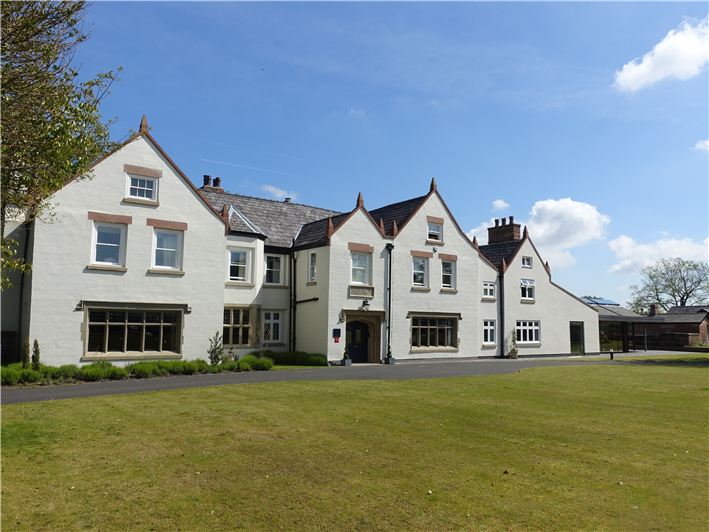

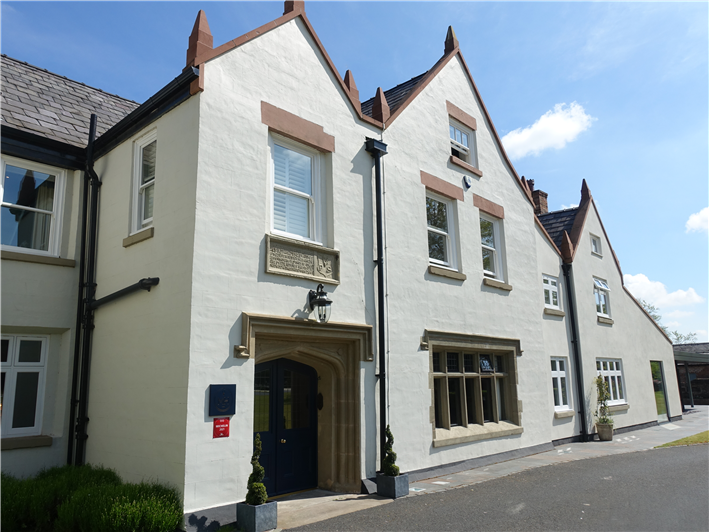
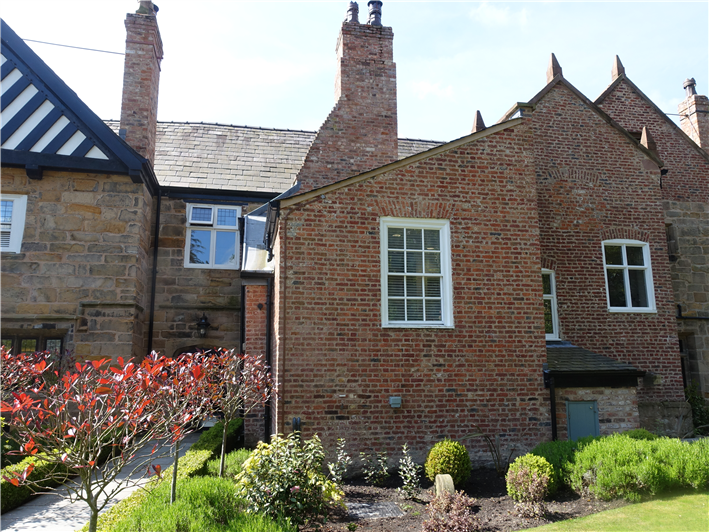

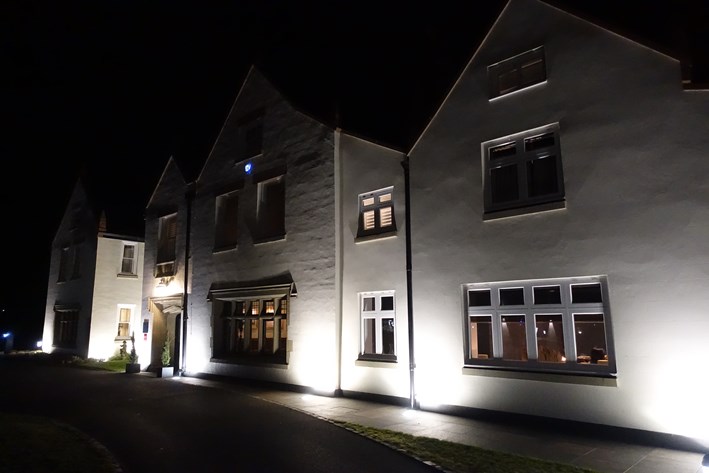


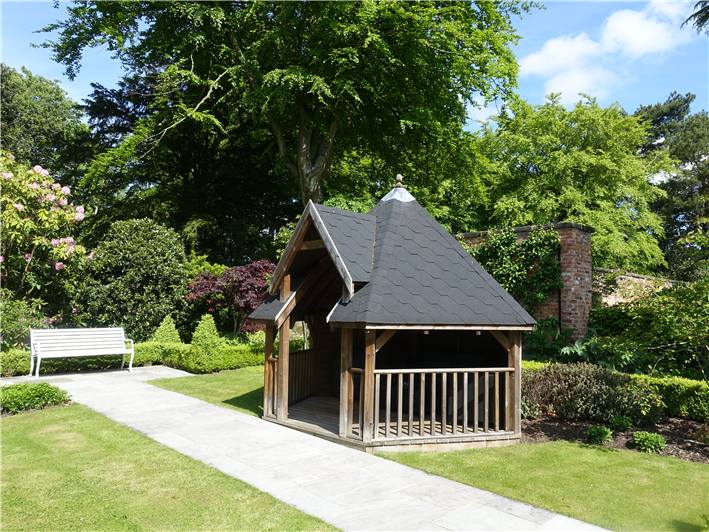
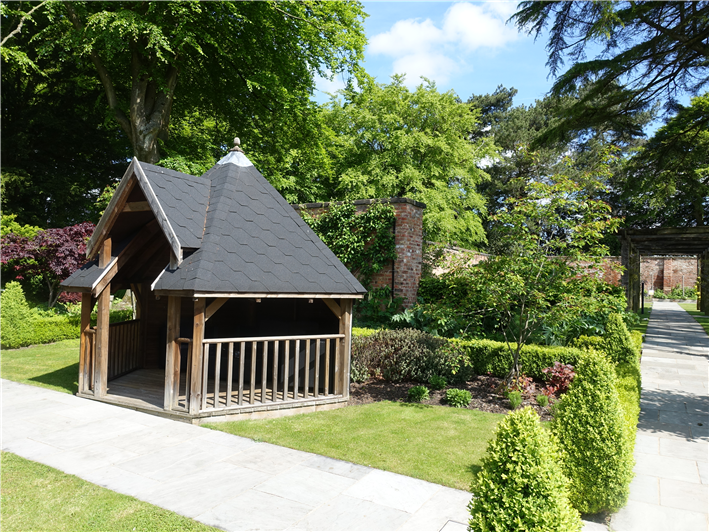
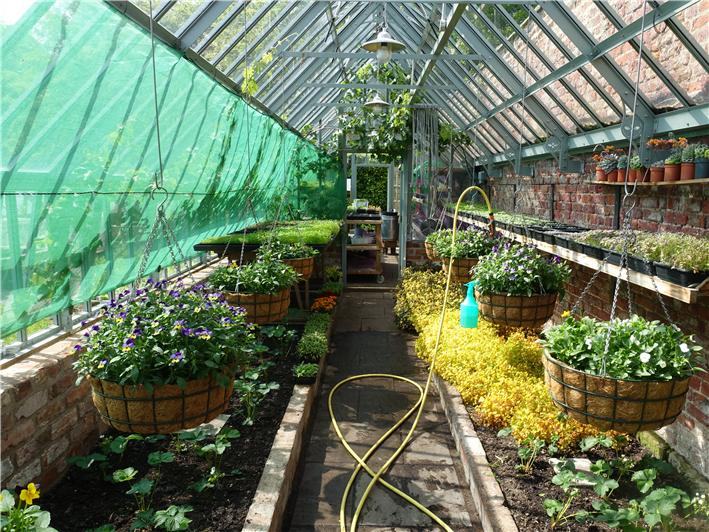

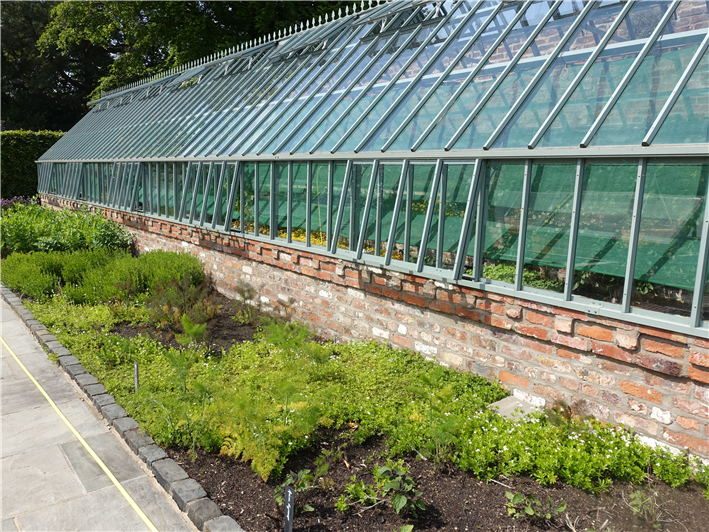

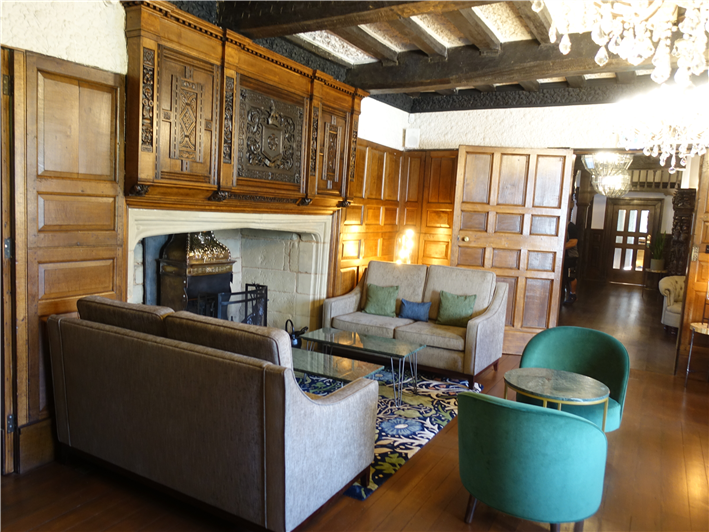
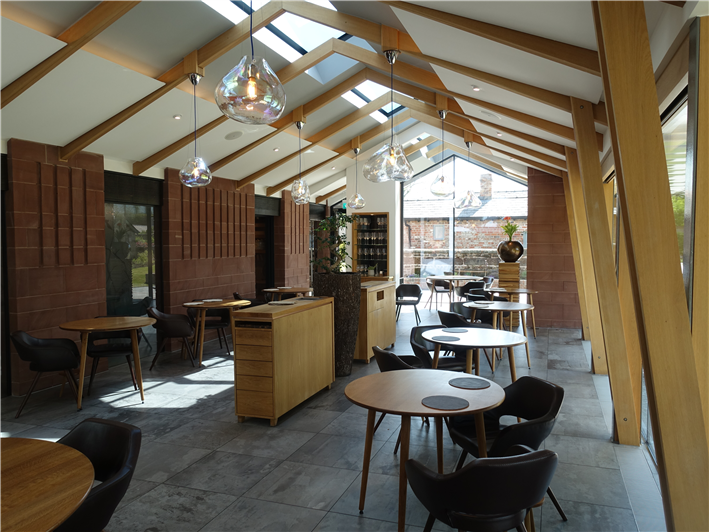

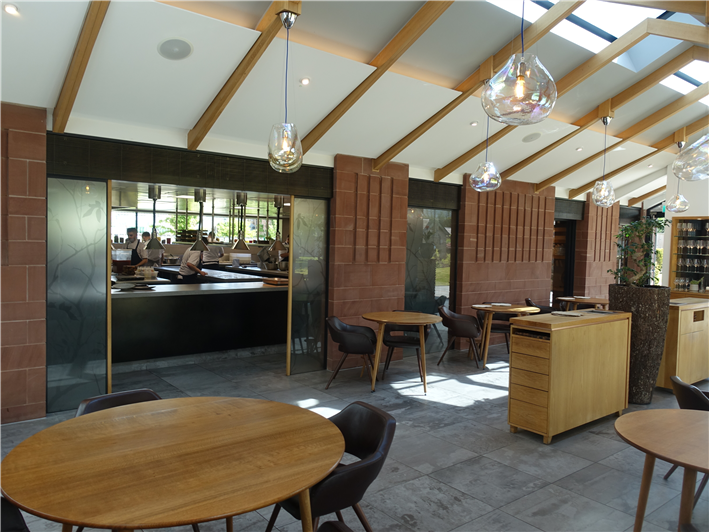
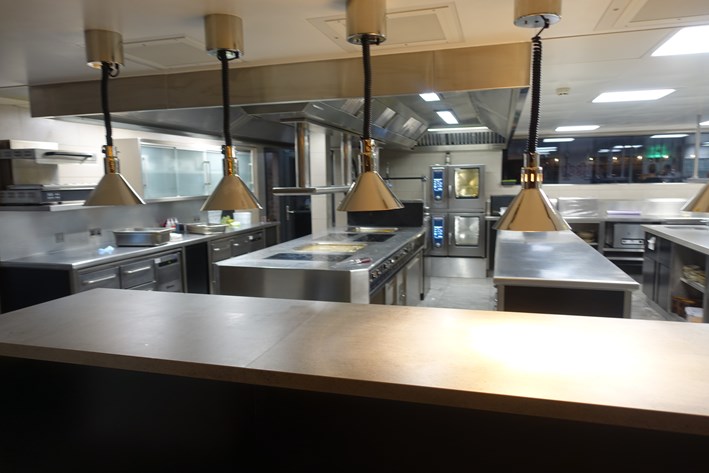
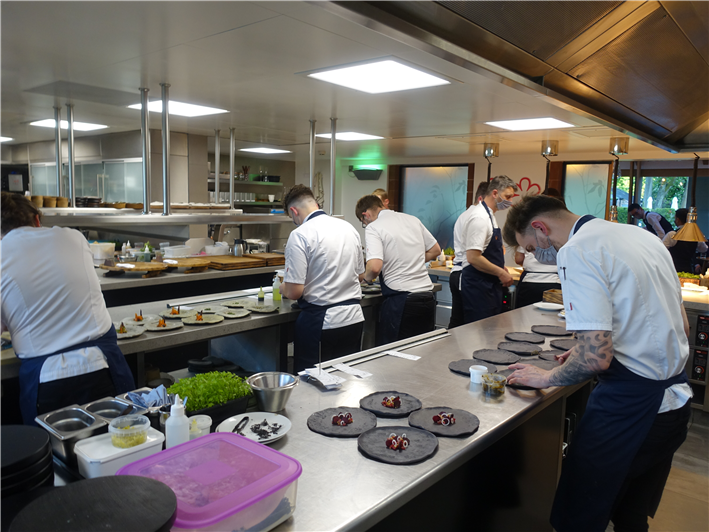
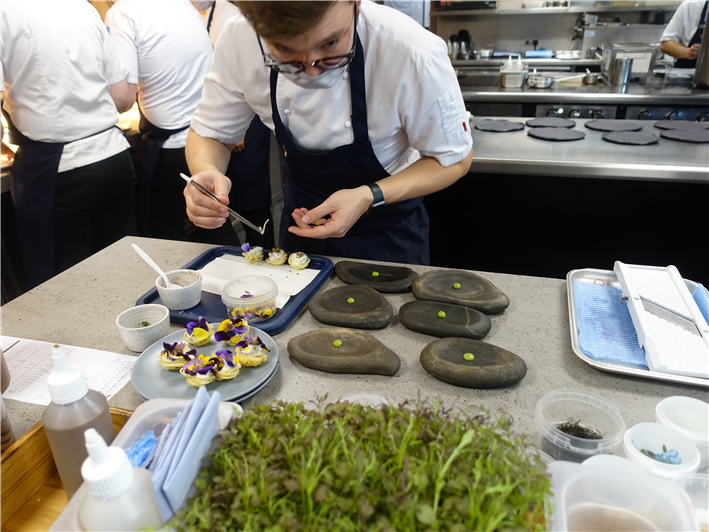
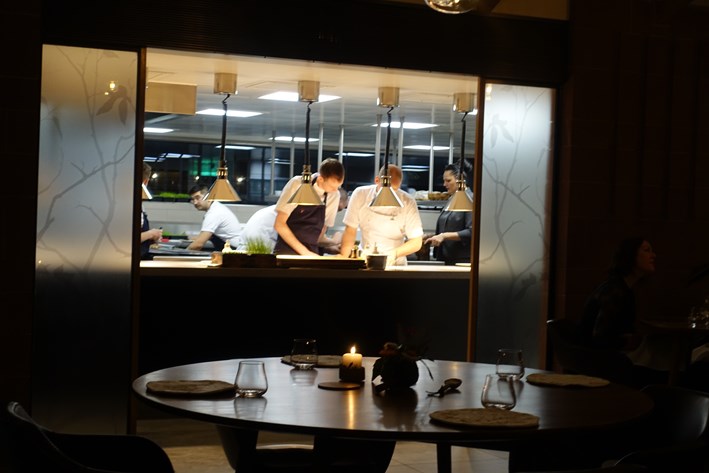
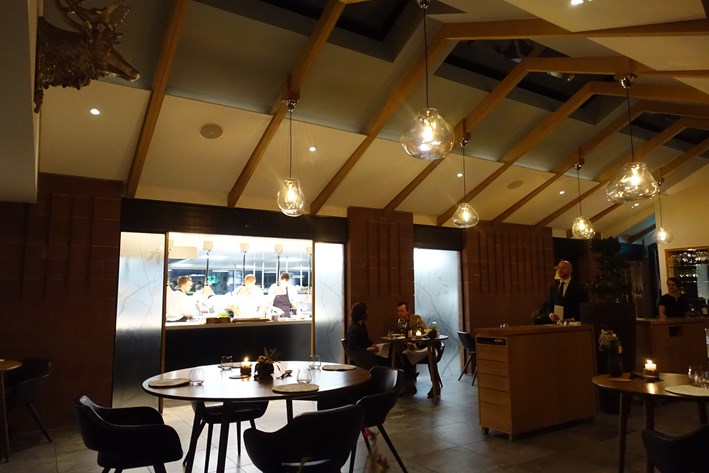
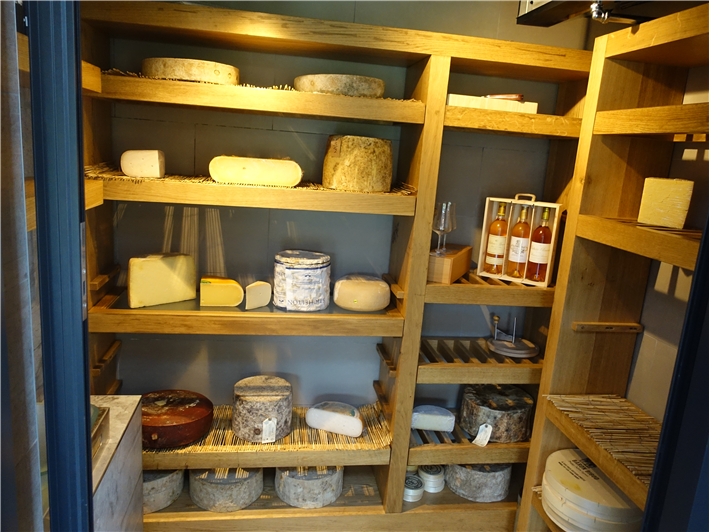
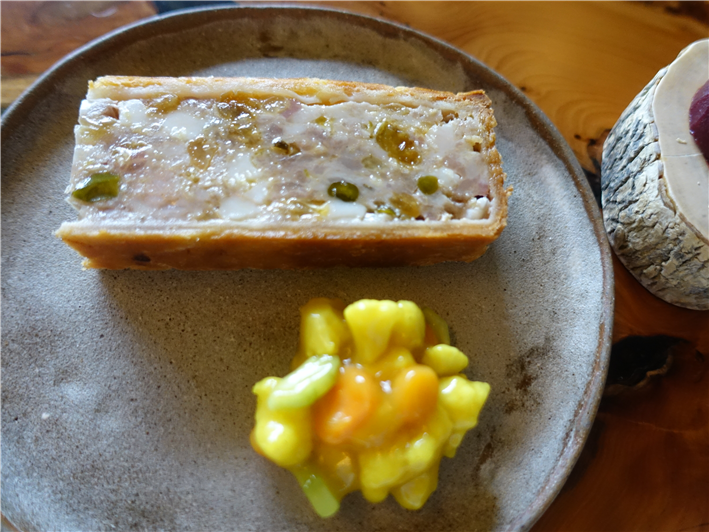

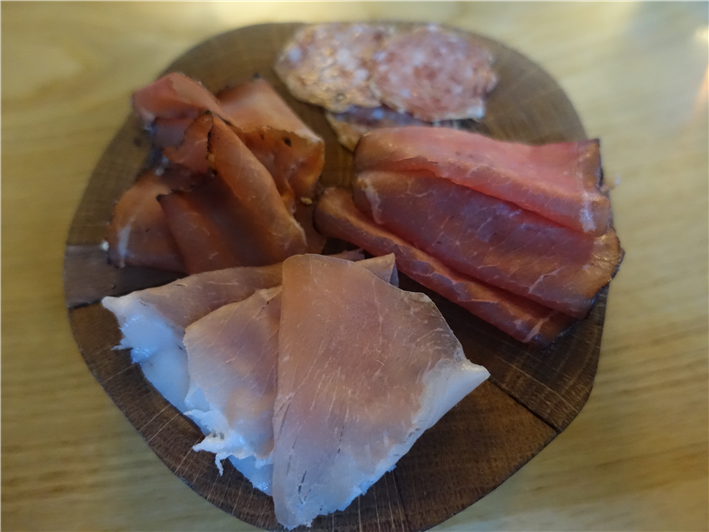
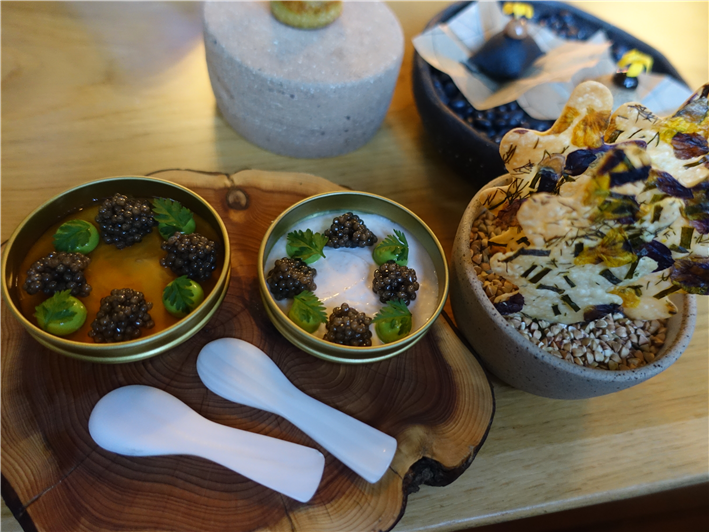
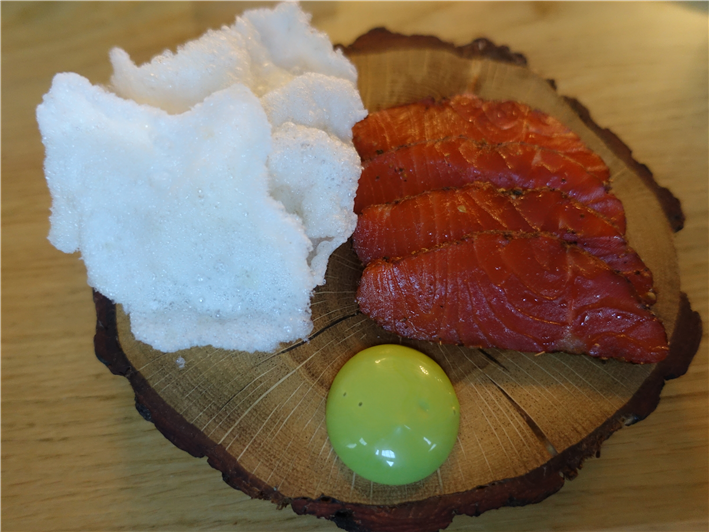
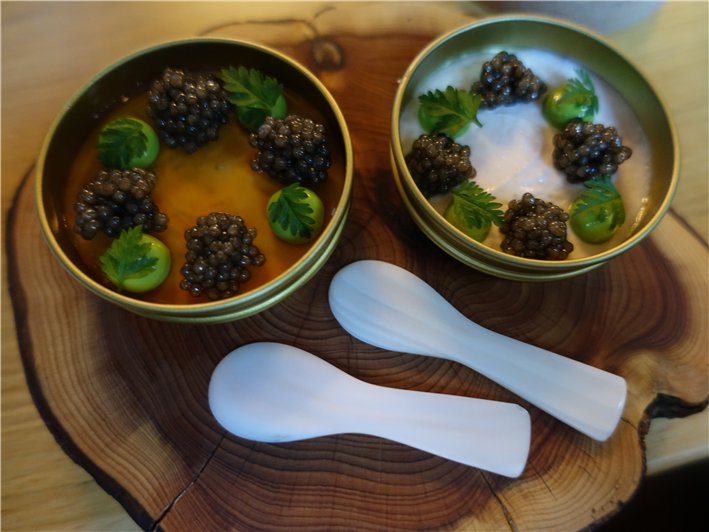
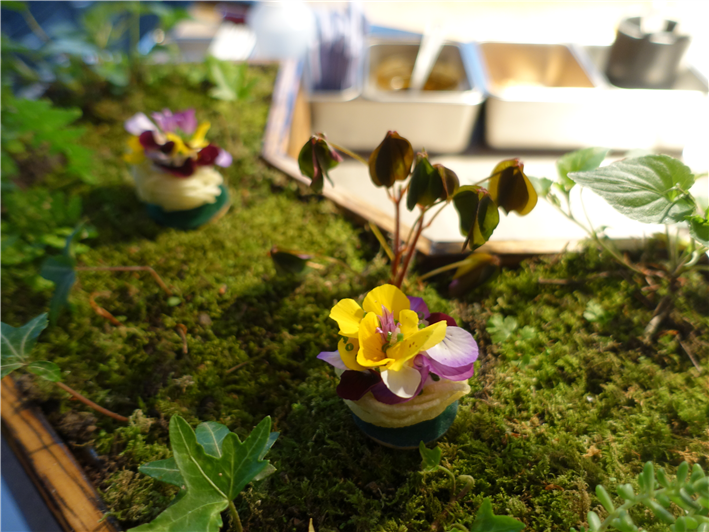



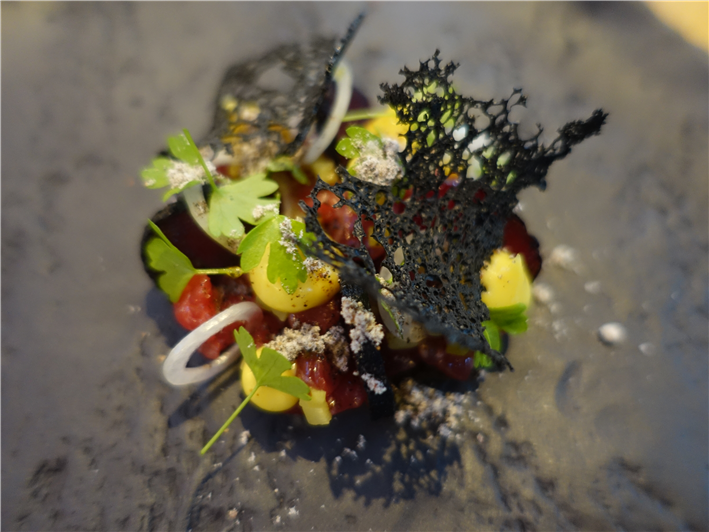

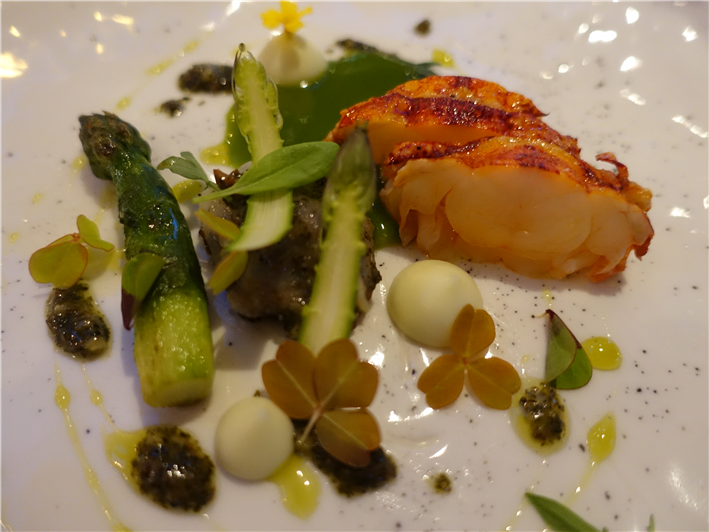
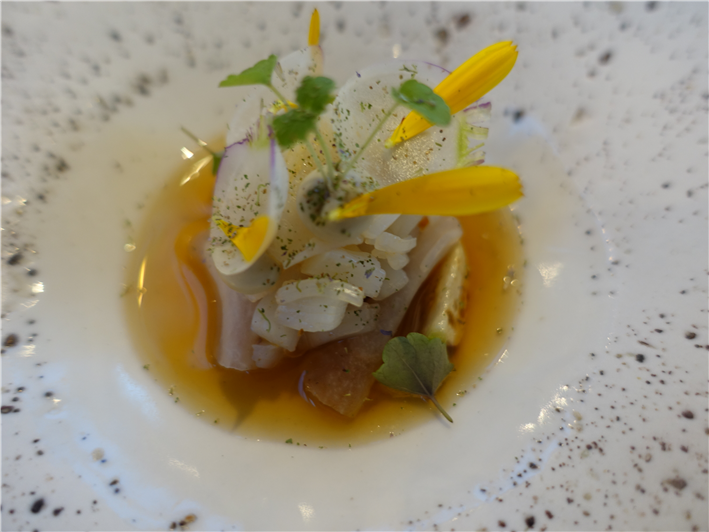
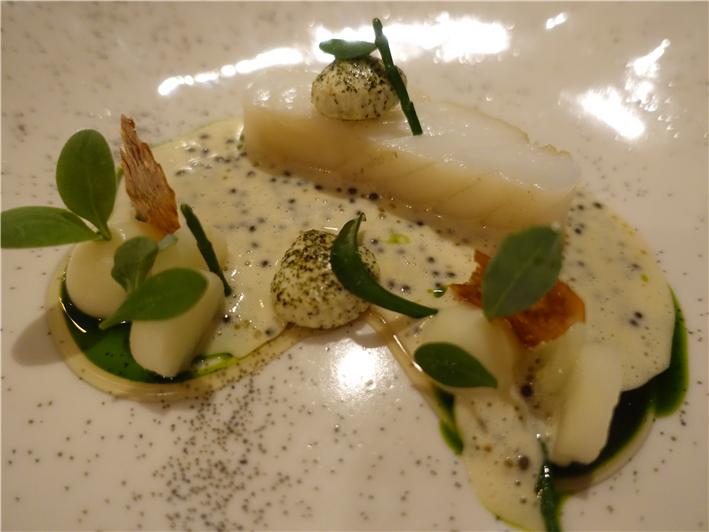
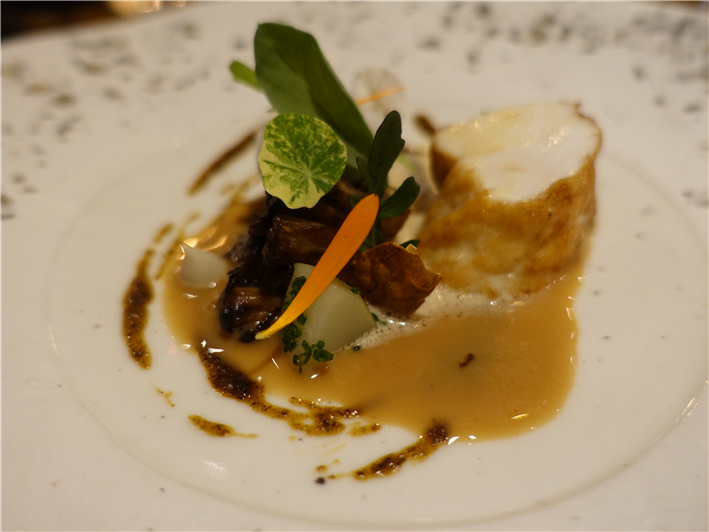
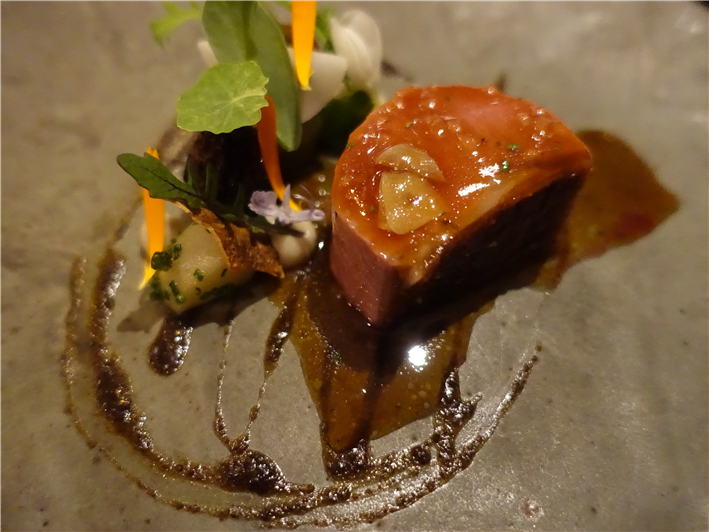

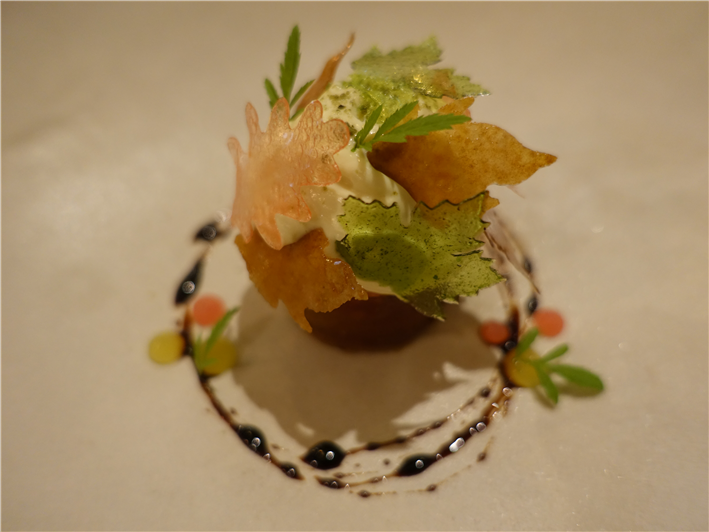
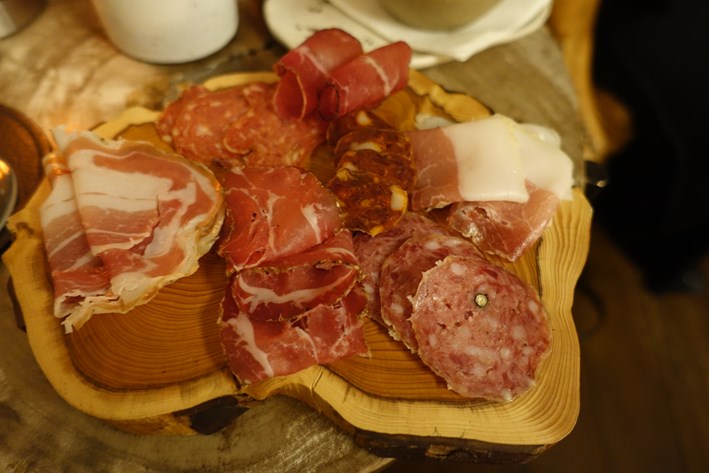
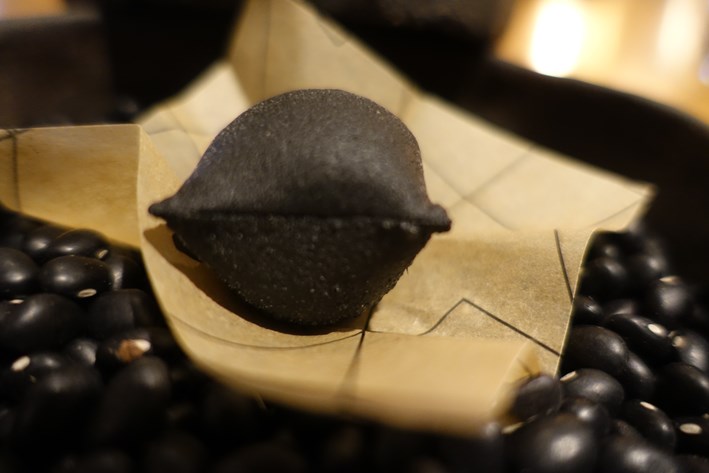
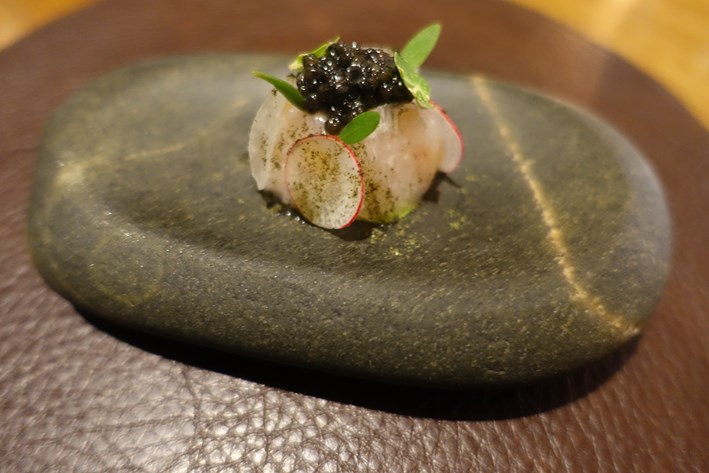
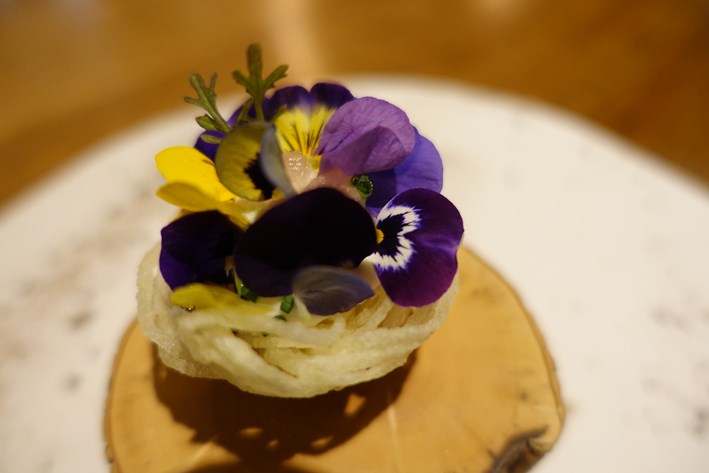
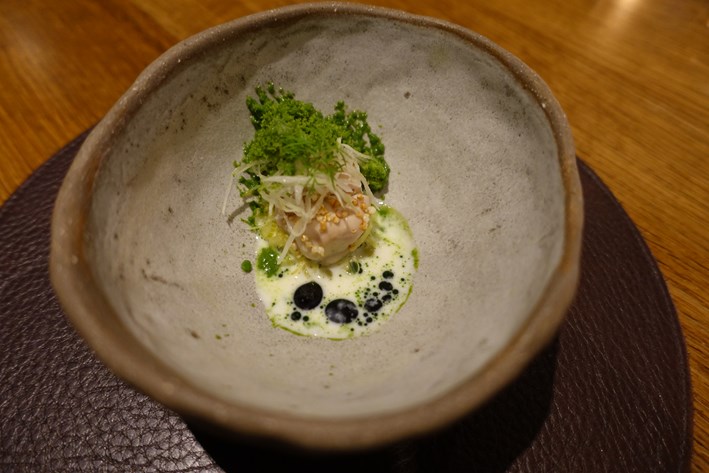
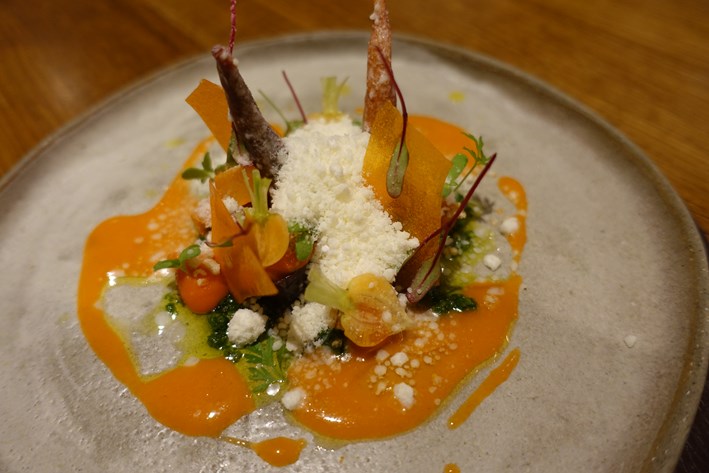

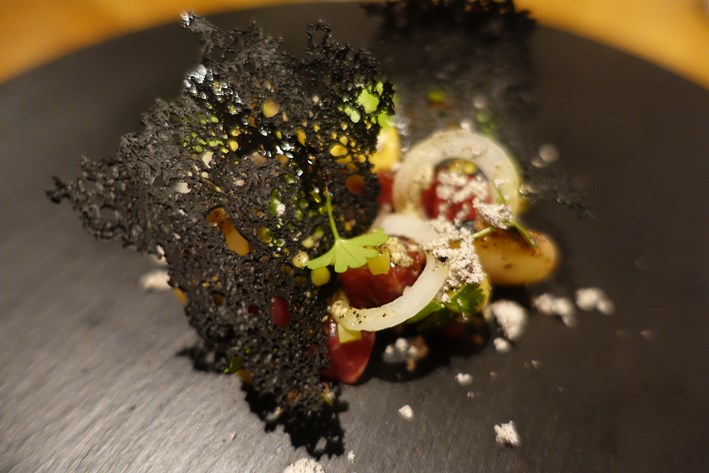
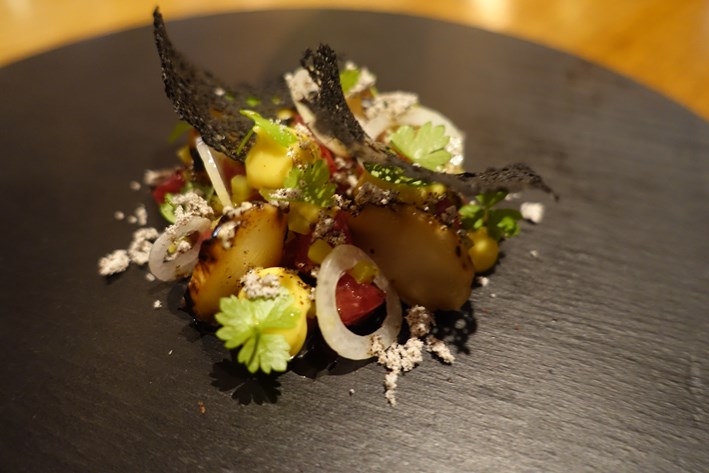
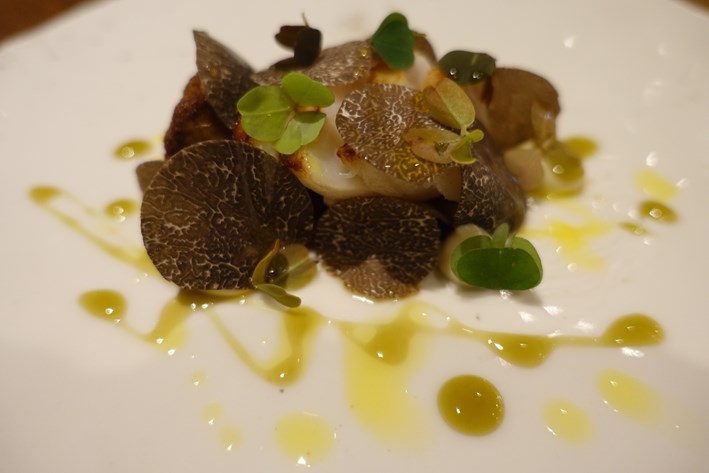
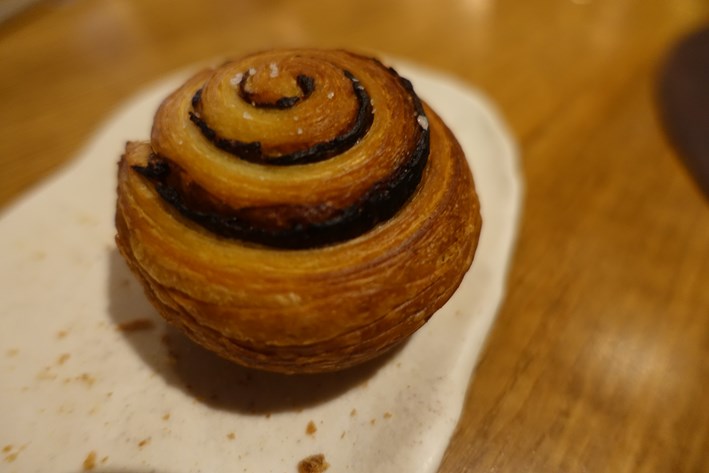
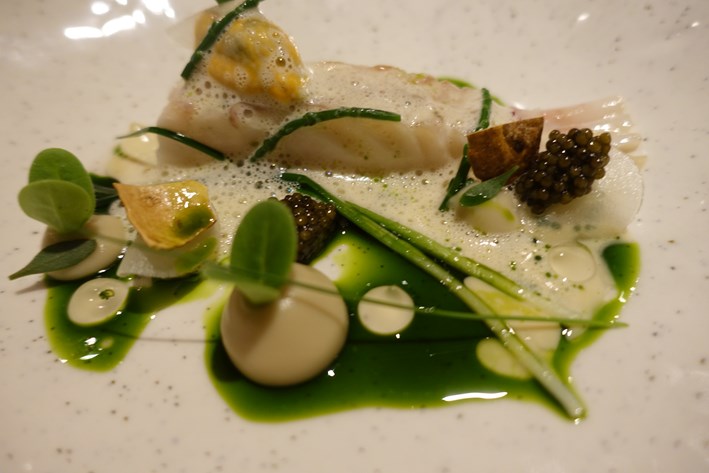
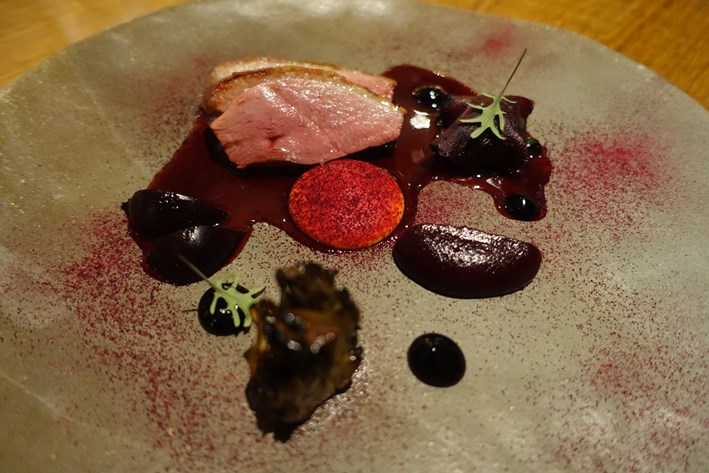
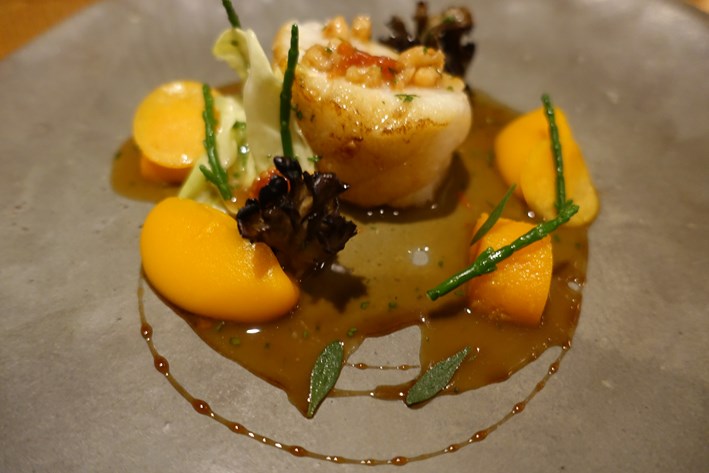
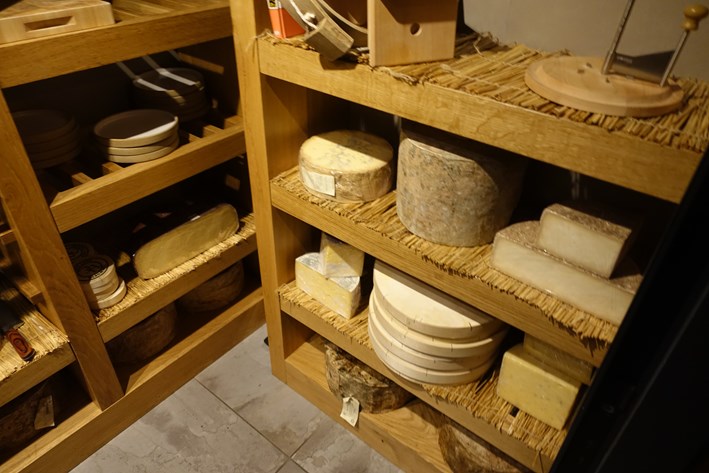
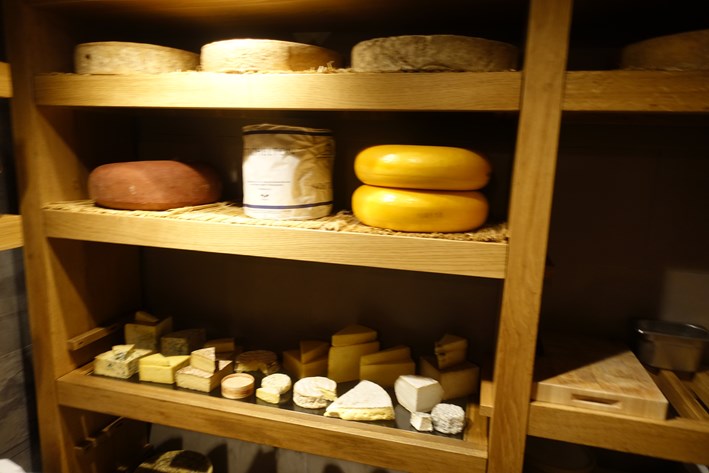
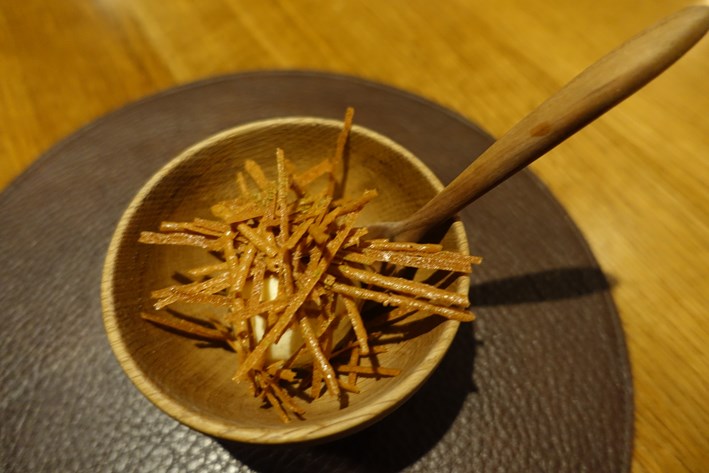
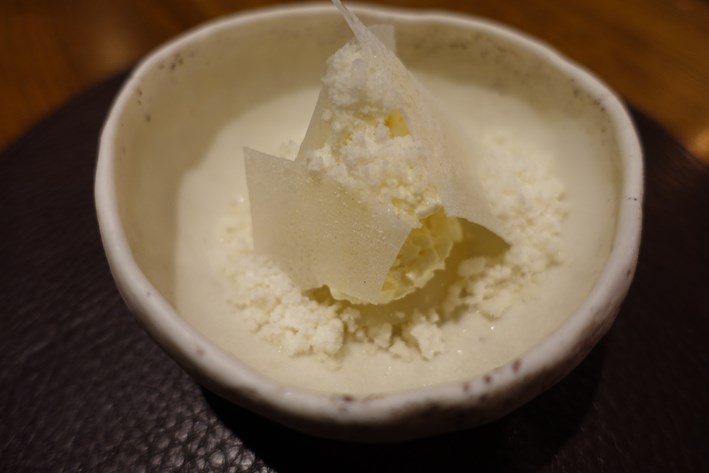


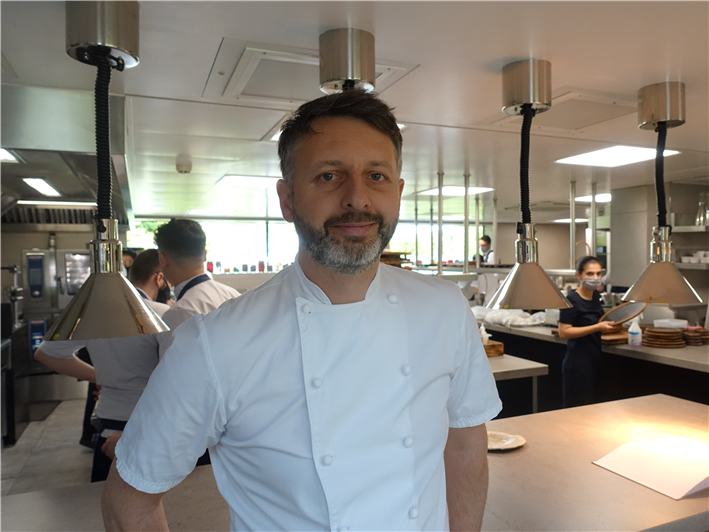

Add a comment
Thank you for submitting your comment, this will be checked and added to the website very soon.
User comments